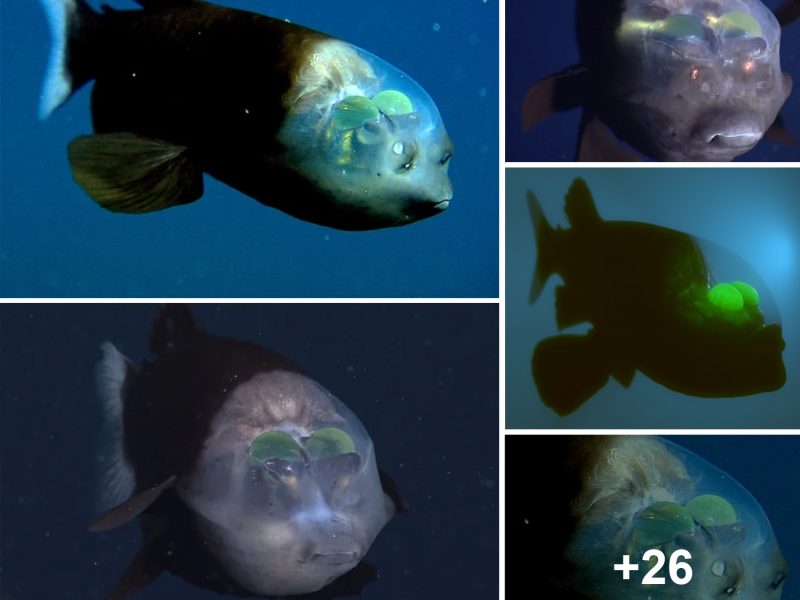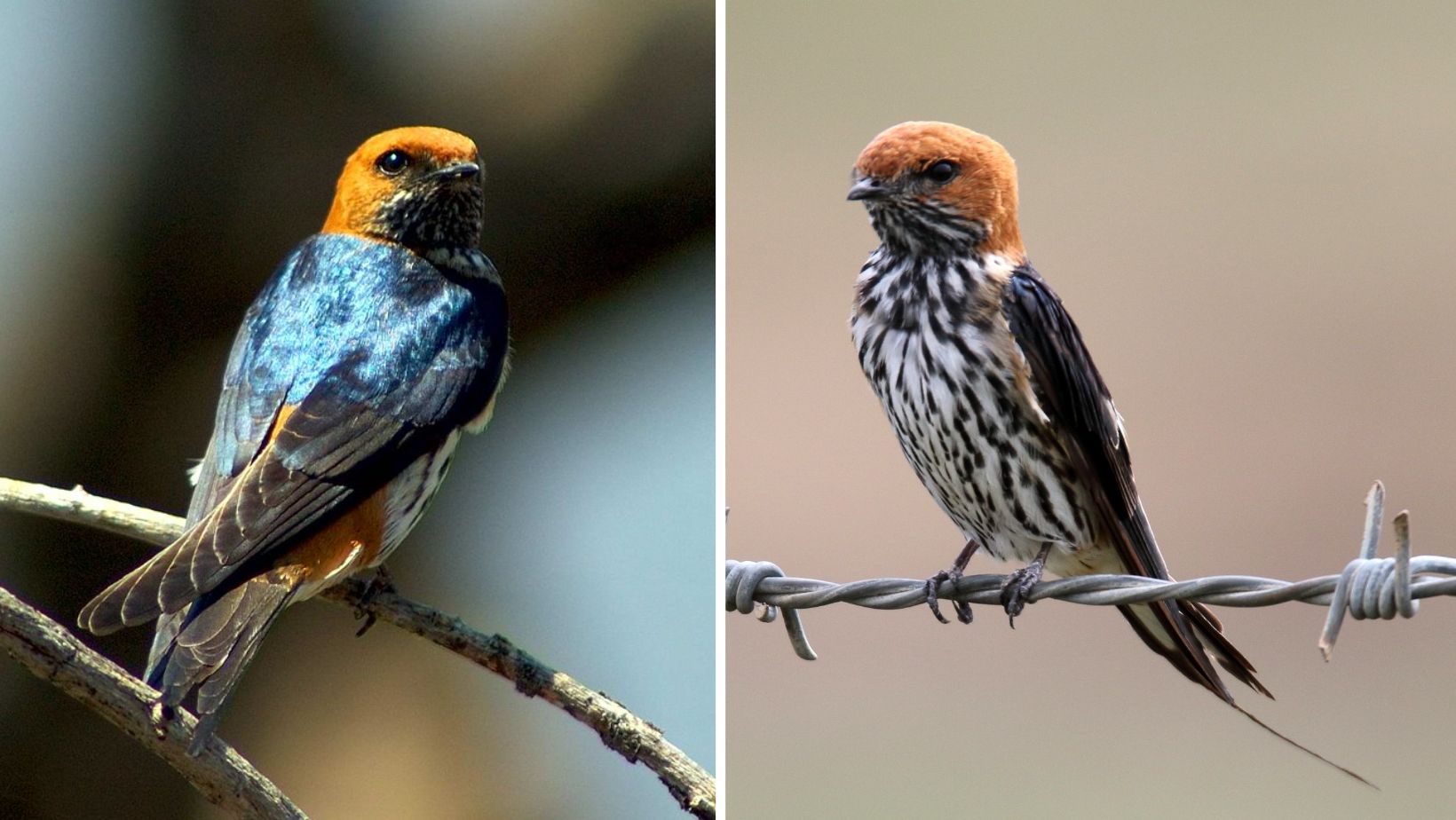
The swallow in question is a rather small and tidy bird, featuring a unique burnt-orange skullcap that extends onto the cheeks, resembling a helmet. Additionally, it has a rufous rump, and its underparts are adorned with striking and bold streaks.
Meet the Lesser Striped Swallow
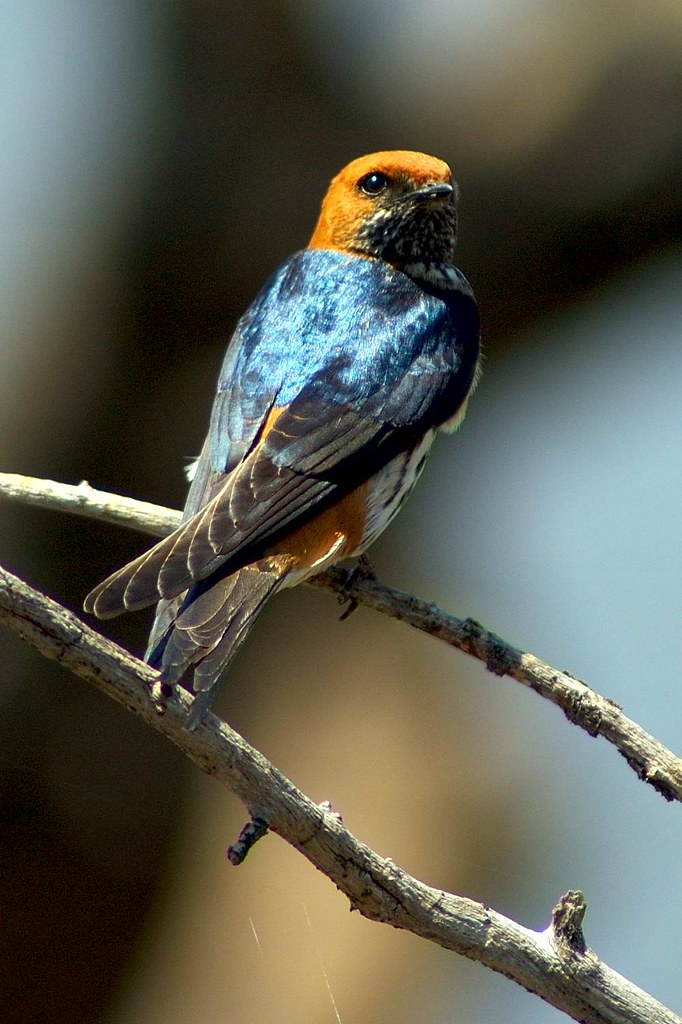 “Lesser Striped Swallow” by JackVersloot is licensed under CC BY 2.0.
“Lesser Striped Swallow” by JackVersloot is licensed under CC BY 2.0.
The lesser striped swallow (Cecropis abyssinica) is a sizeable swallow species measuring about 15–10 cm in length, the lesser striped swallow has dark blue upperparts, a red rump, and a rufous-chestnut crown, nape, and sides of the head. Its underparts are white with dark streaking, while the upper wings and underwing flight feathers are blackish-brown. Tawny underwing coverts add to its distinctive appearance.
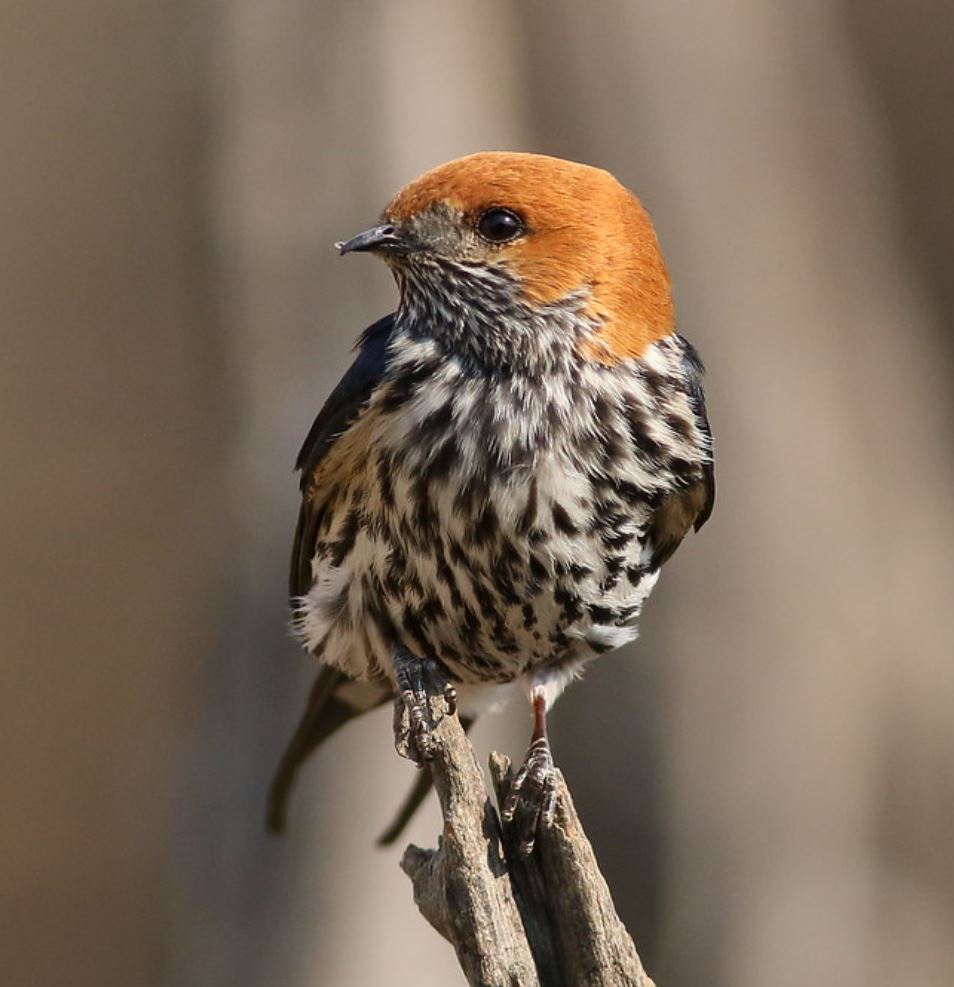 “Lesser Striped Swallow, Cecropis abyssinica at Pilanesberg National Park, South Africa” (cropped) by Derek Keats is licensed under CC BY 2.0.
“Lesser Striped Swallow, Cecropis abyssinica at Pilanesberg National Park, South Africa” (cropped) by Derek Keats is licensed under CC BY 2.0.
The blackish tail boasts very long outer feathers, slightly longer in males than females.
Juveniles appear duller and browner with less contrast and shorter outer tail feathers. There are five or six subspecies, varying in the extent of underpart streaking.
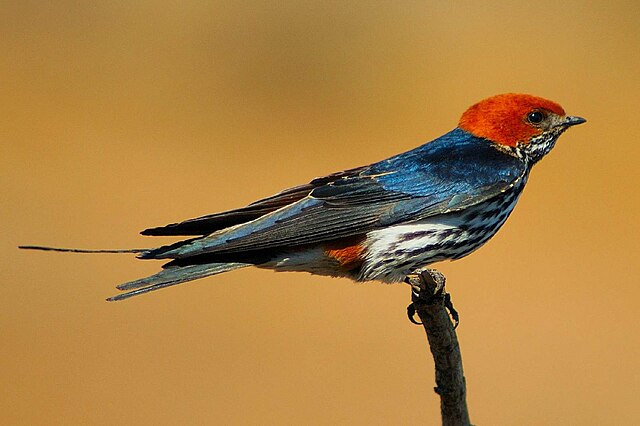 Photo courtesy of Jack Versloot/CC BY 2.0
Photo courtesy of Jack Versloot/CC BY 2.0
These birds are found in Sub-Saharan Africa, ranging from Sierra Leone and southern Sudan to eastern South Africa. It exhibits partial migration, with South African birds wintering further north, while West African birds leave the northern breeding range during the dry season.
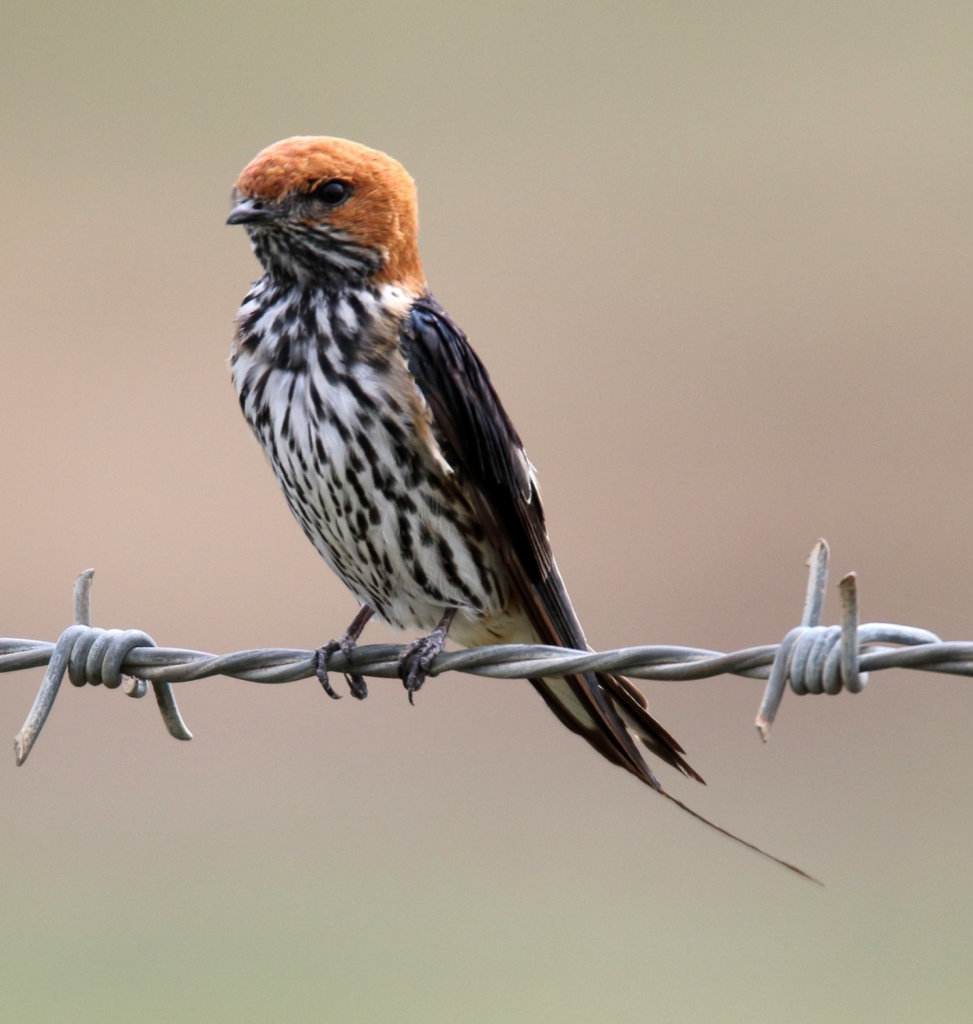 “Lesser-striped Swallow (Cecropis abyssinica)” by Dominic Sherony is licensed under CC BY-SA 2.0.
“Lesser-striped Swallow (Cecropis abyssinica)” by Dominic Sherony is licensed under CC BY-SA 2.0.
This bird primarily inhabits wooded, mainly lowland areas. It prefers less open habitats and is commonly seen around human settlements. In montane grasslands, it is replaced by the greater striped swallow, Hirundo cucullata.
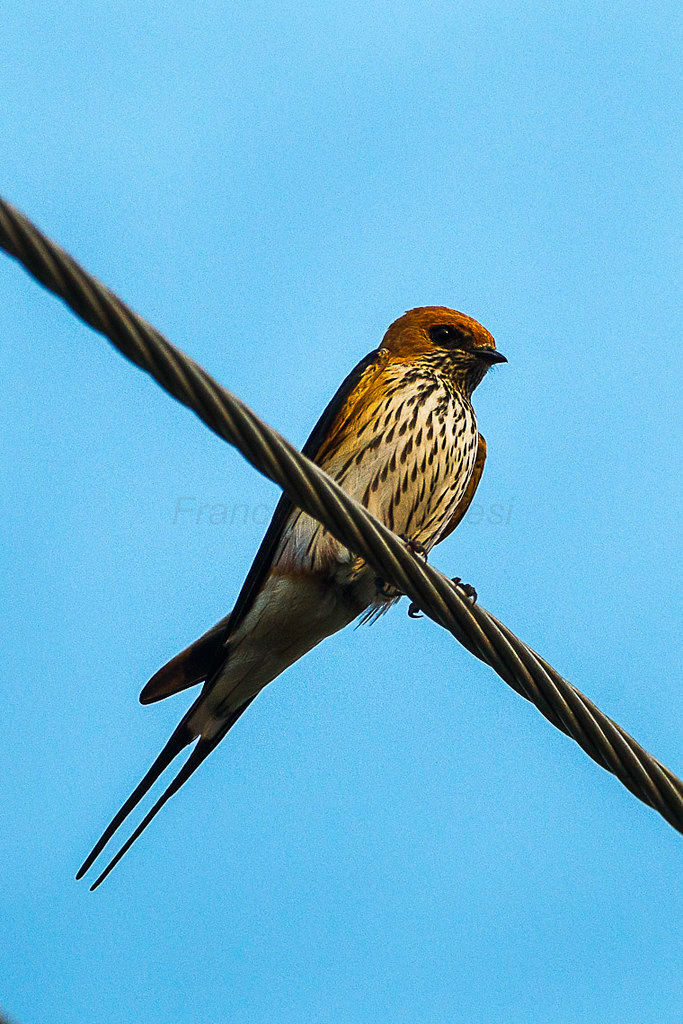 “Lesser Striped Swallow – Ghana_S4E2771” by fveronesi1 is licensed under CC BY-SA 2.0.
“Lesser Striped Swallow – Ghana_S4E2771” by fveronesi1 is licensed under CC BY-SA 2.0.
Its diet mainly consists of flying insects, although it may occasionally consume small fruits. The lesser striped swallow’s flight is erratic, and its call is a nasal “zeh zeh zeh zeh zeh.”
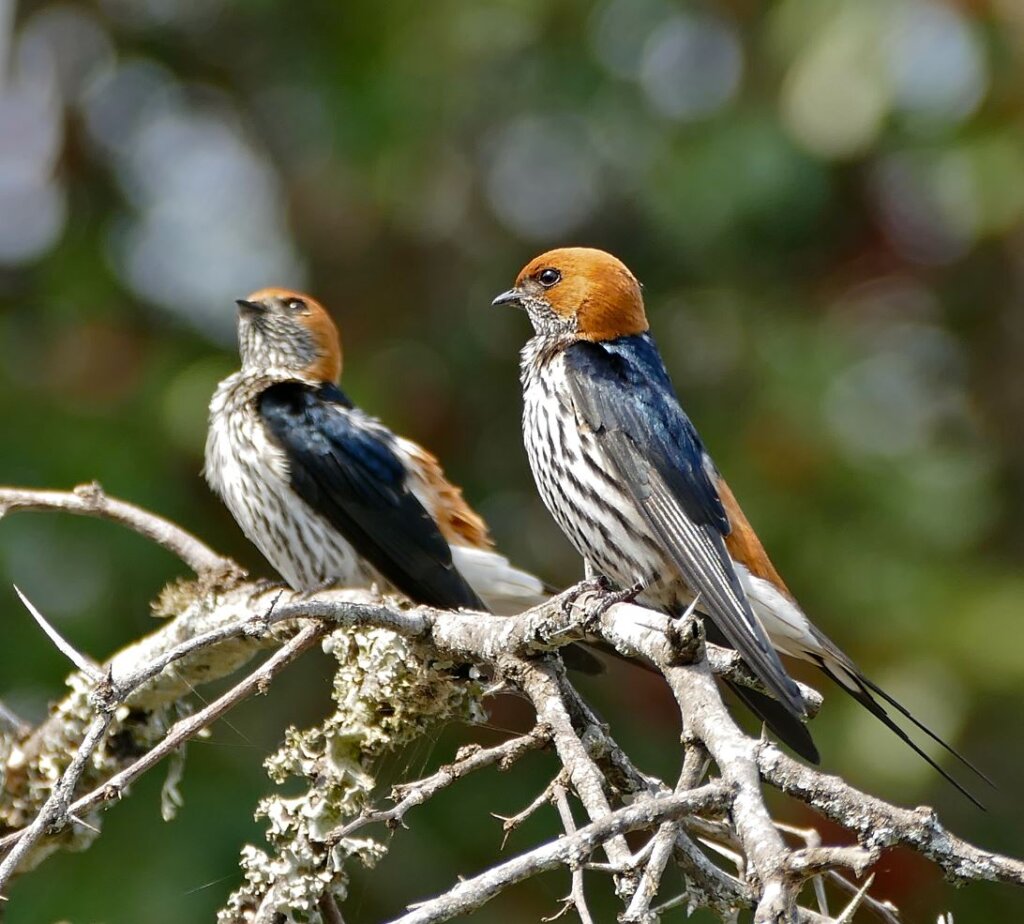 “Lesser Striped Swallows (Cecropis abyssinica) (32046527211)” Cropped) by Bernard DUPONT from FRANCE is licensed under CC BY-SA 2.0.
“Lesser Striped Swallows (Cecropis abyssinica) (32046527211)” Cropped) by Bernard DUPONT from FRANCE is licensed under CC BY-SA 2.0.
For nesting, the lesser striped swallow constructs a bowl-shaped mud nest with a tubular entrance underneath suitable structures. The nest is lined with soft materials and may be reused in subsequent years. It can be found in caves, under rock overhangs, or on tree branches. The species has adapted well to using buildings, bridges, culverts, and similar structures for nesting. When given the option, it prefers higher nest sites.
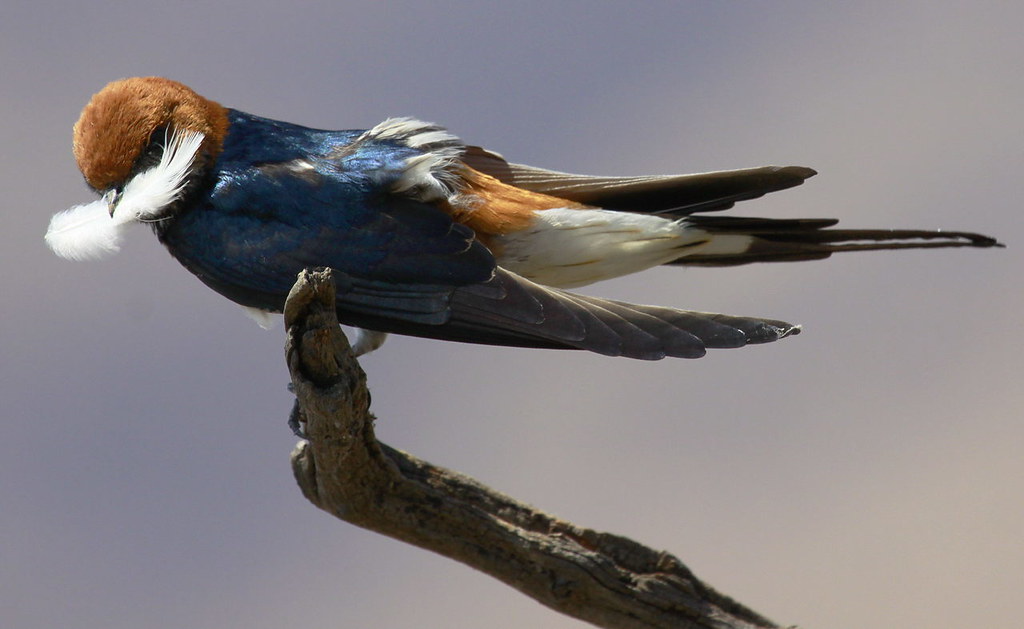 “Lesser Striped Swallow, Cecropis abyssinica at Pilanesberg National Park, South Africa” by Derek Keats is licensed under CC BY 2.0.
“Lesser Striped Swallow, Cecropis abyssinica at Pilanesberg National Park, South Africa” by Derek Keats is licensed under CC BY 2.0.
The eggs are glossy white with occasional brown spots, with three eggs forming a typical clutch. The female incubates the eggs alone for 14–16 days until hatching. Both parents then participate in feeding the chicks. Fledging takes another 17–19 days, but the young birds may return to the nest to roost for a few days after their first flight.
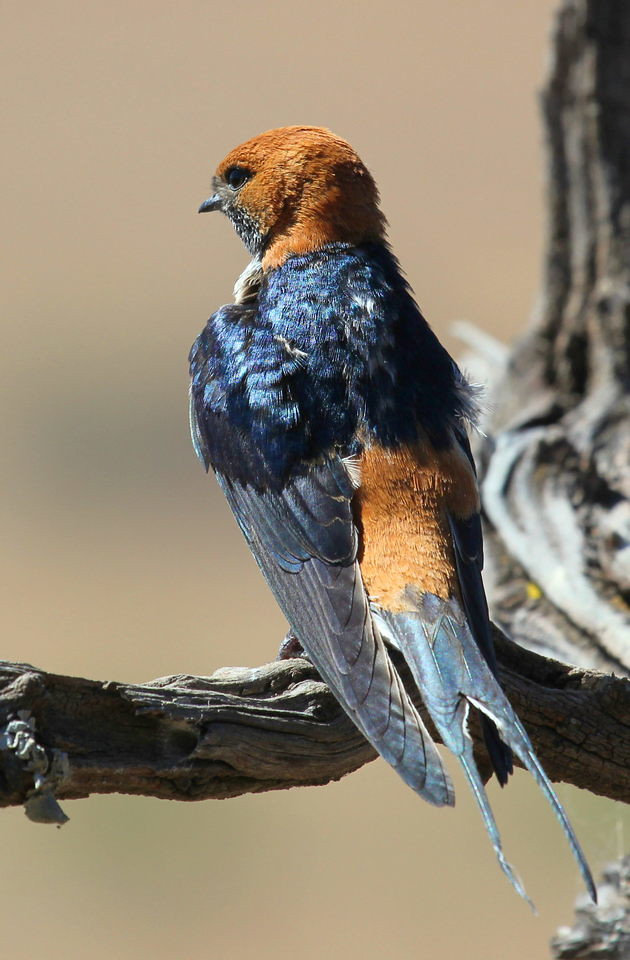 “Lesser Striped Swallow, Cecropis abyssinica at Pilanesberg National Park, South Africa” by Derek Keats is licensed under CC BY 2.0.
“Lesser Striped Swallow, Cecropis abyssinica at Pilanesberg National Park, South Africa” by Derek Keats is licensed under CC BY 2.0.
This bird is regarded as of Least Concern on the IUCN Red List.
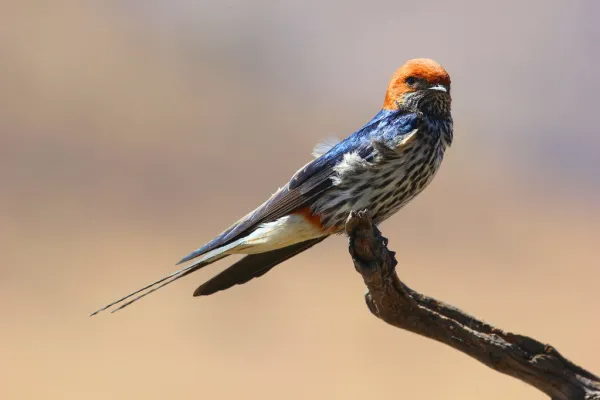 “Lesser Striped Swallow, Cecropis abyssinica at Pilanesberg National Park, South Africa” by Derek Keats is licensed under CC BY 2.0.
“Lesser Striped Swallow, Cecropis abyssinica at Pilanesberg National Park, South Africa” by Derek Keats is licensed under CC BY 2.0.
Listen to this bird right here:
This article uses material from Wikipedia.org which is licensed under the GNU Free Documentation License via Copyright Wikipedia. Images on this page are the sole property of the photographers (unless marked as Public Domain). Please read the license and or contact the photographers directly before using them for any purpose. Thank you all.
A Buff-orange Belly Coupled With Metallic Blue And A Bandit-like Mask To Create A Bird Many Consider To Be Sacred!
Please SHARE this article with all your bird-loving friends and family.

